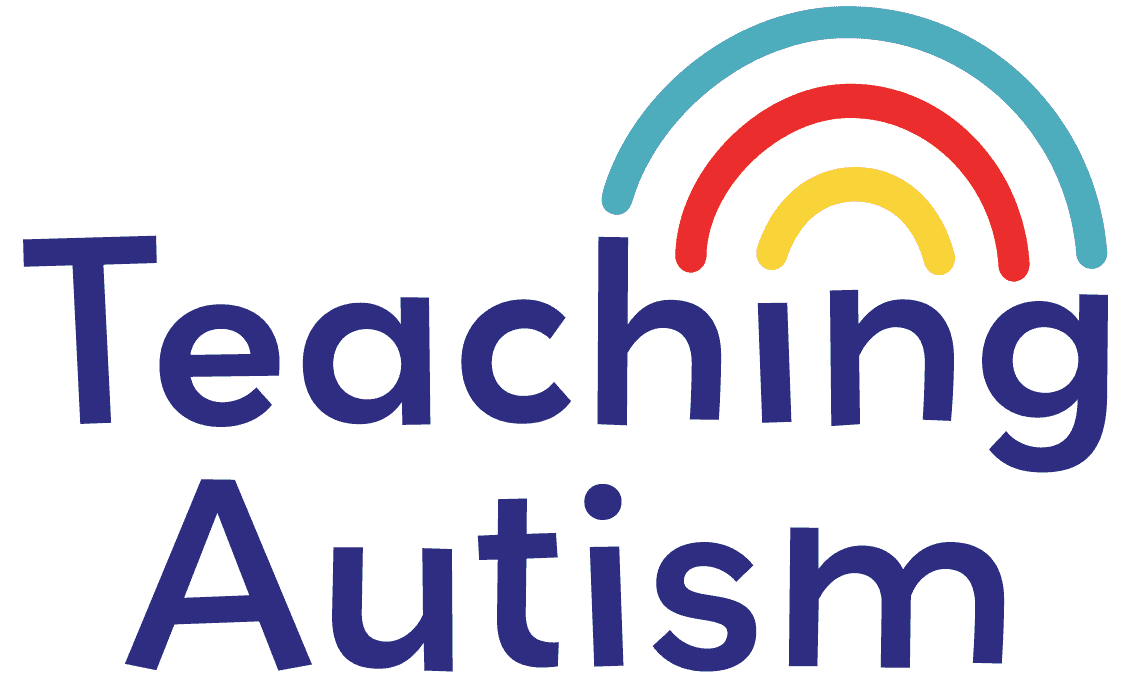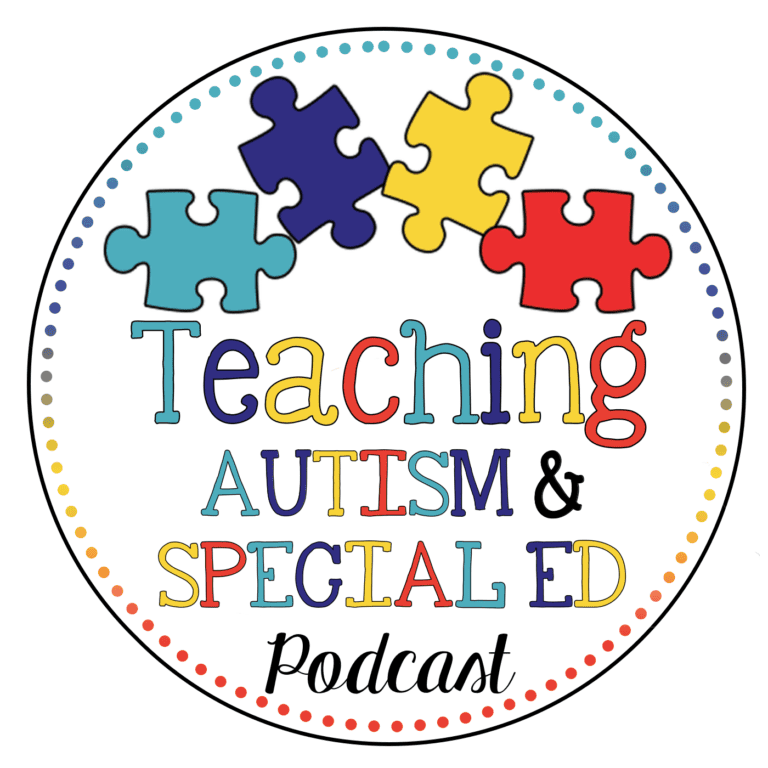How Do You Build Trust With A Student Who Displays Aggression?
How do you build trust with a student who displays aggression? If you’ve ever had a student who throws chairs, lashes out, or bites when overwhelmed, first of all, you are not alone. And second… let’s take a breath together.
Aggressive behavior in the classroom can be scary, stressful, and downright exhausting. But here’s the truth: underneath every aggressive outburst is a student who’s hurting, confused, dysregulated, or even all three. And the best way to help? Build trust.
Yep. Even when it’s hard. And even when your instinct says “step away.” Because for many of our students, especially those who are autistic, have experienced trauma, or struggle with communication… aggression is a survival strategy. And trust is the key to helping them feel safe enough to let their guard down.
Let’s walk through what that looks like in real life (no fluff, no shame, just real talk and real strategies). And if you want to dive deeper, I cover all of this inside my Autism Classroom Training, where I share practical ways to build connections and support behavior in a neuro-affirming way.
First, let’s reframe aggression
Before we talk about how to build trust, we need to shift how we think about aggression.
Aggression is not the student “being bad.” It’s not manipulation. It’s not a character flaw. It’s a nervous system in survival mode, often triggered by something that feels overwhelming, unsafe, or unpredictable.
Aggression is communication. It’s messy, loud, and sometimes dangerous communication, but it’s still communication.
So instead of:
“He’s just trying to get attention.”
Try:
“He’s trying to get his needs met, and this is the only way he knows how right now.”
This mindset shift isn’t just for the student, it helps us regulate and stay grounded, too.
Trust doesn’t come from fixing, it comes from seeing
Students who display aggression have often had a long history of being misunderstood, punished, or avoided. They may not trust adults because adults have unintentionally reinforced that the world isn’t safe.
So before you can build trust, you need to show them:
“I see you. I accept you. I’m not going anywhere.”
That doesn’t mean you ignore the behavior or let unsafe situations slide. But it does mean you respond with consistency, calm, and compassion, even when things get tough.
Regulate first, connect second
Let’s be real: you can’t reason with a dysregulated brain. When a student is mid-meltdown or lashing out, your first job isn’t to “teach a lesson.” It’s to help co-regulate.
Think of it like this: you’re the calm in their storm. That doesn’t mean you have to be perfectly zen (I see you, teacher trying not to cry behind your lanyard), but it does mean showing up as a safe, steady presence.
Start small, tiny deposits of connection
Trust isn’t built with grand gestures. It’s built through consistent, tiny moments that say, “I’m safe.”
Some ideas:
- Greet them by name every day, even if they don’t respond
- Offer a preferred item or activity without a demand attached
- Notice something they’re doing well (“You looked really calm walking in today”)
- Sit near them quietly during downtime without needing anything from them
These little “deposits” add up over time. Even if they don’t show it, students feel that consistency, and that’s where trust starts growing.
Avoid power struggles
I know it’s tempting. You say “sit down,” they say “no,” and suddenly you’re caught in a standoff about a chair that becomes the hill everyone is dying on.
But aggressive behaviors are often rooted in control. When a student feels powerless, they may act out to reclaim some control. The more we push, the more unsafe it feels for them, and the cycle continues.
Instead, try offering choices.
“You can sit here or by the window.”
“Would you like to do this now or in five minutes?”
It feels like freedom within structure.
Be predictable
Students who display aggression often live in a constant state of “what’s going to happen next?” That anxiety can trigger more outbursts. So predictability = safety.
Use visuals. Build routines. Narrate transitions. Stick to your word.
And if something has to change, let them know in advance and pair it with regulation tools:
“We have a school ceremony today, which is different. Here’s what it will look like, and you can use your headphones and bring your fidget.”
Every time you follow through on what you say, their nervous system goes, Okay… maybe I can trust this person.
Validate the emotion, not the behavior
It’s totally okay to set firm boundaries. But you can do that while validating the feelings.
Instead of:
“You can’t act like that!”
Try:
“It’s okay to feel angry. It’s not okay to hit. Let’s find a way to show that feeling safely.”
Validation builds connection. It tells the student, “Your feelings make sense, even if we need to work on how you express them.”
Repair after rupture
Aggression can damage trust, but it doesn’t have to end it. In fact, how you respond after an incident is just as important as how you respond during it.
When things have calmed, try saying:
“That was a hard moment. You were really upset, and I’m still here. We’ll keep working through this together.”
Rupture, then repair. Over and over. That’s how we show students what healthy relationships look like.
Look for the unmet need
Instead of trying to stop the aggression itself, ask: what is this behavior trying to get, avoid, or communicate?
Are they overwhelmed by noise? Confused by the task? Trying to avoid failure? Needing connection?
When we get curious about the why, we stop reacting and start supporting.
Trust with aggressive students isn’t built in a day. It’s built in a hundred quiet, calm, consistent moments where you choose connection over control. You might not see the payoff right away. You might wonder if it’s working. But trust me, every time you stay steady, hold boundaries with kindness, and keep showing up, you’re planting seeds.
And one day, that student will walk into your room, look at you, and know they’re safe. That’s the magic. And that’s why we keep going.
Helpful Links
You may also be interested in;
- How to Support Parents After an Autism Diagnosis
- 10 Ways for Teachers to Build Relationships with Families
- What is Masking?
- Using Special Interests for Learning Activities
If you found this blog post helpful please consider sharing it with your friends and colleagues on social media.
P.S. Have you signed up for my VIP membership yet? If not, head on over and sign up now. You’ll get access to hundreds and hundreds of resources, templates, crafts and more being uploaded every month!
Nikki







